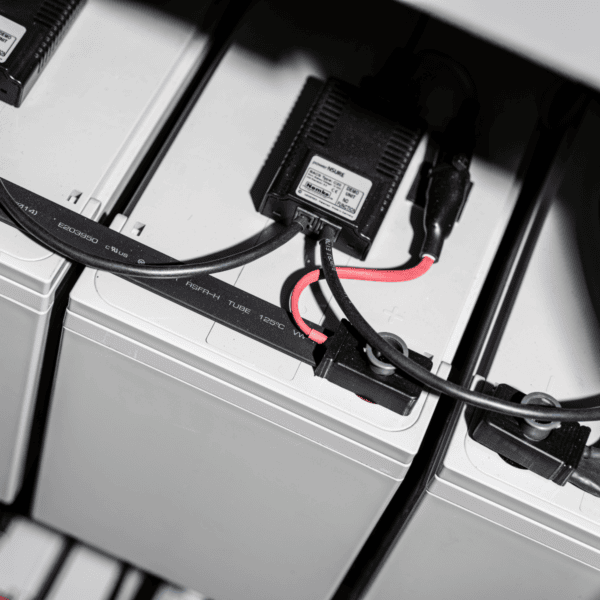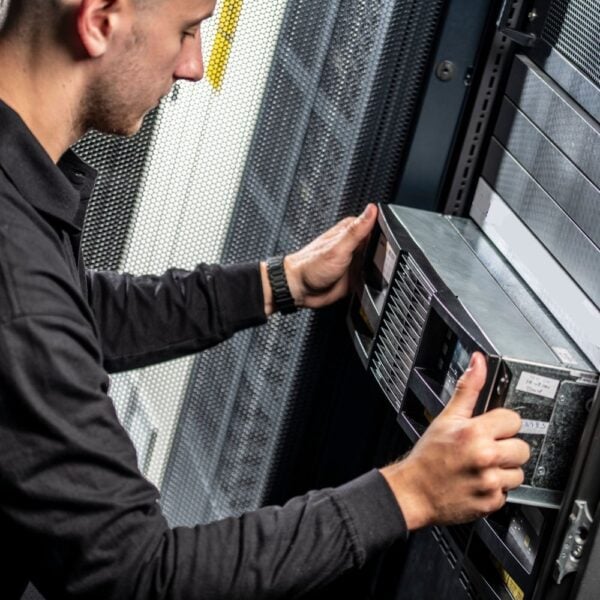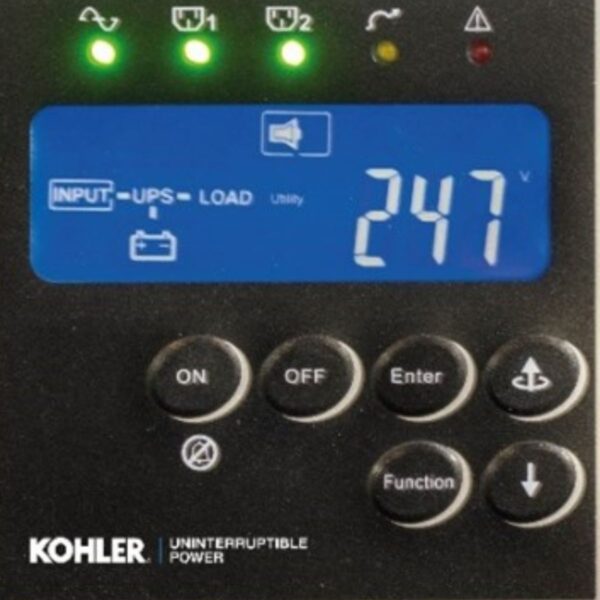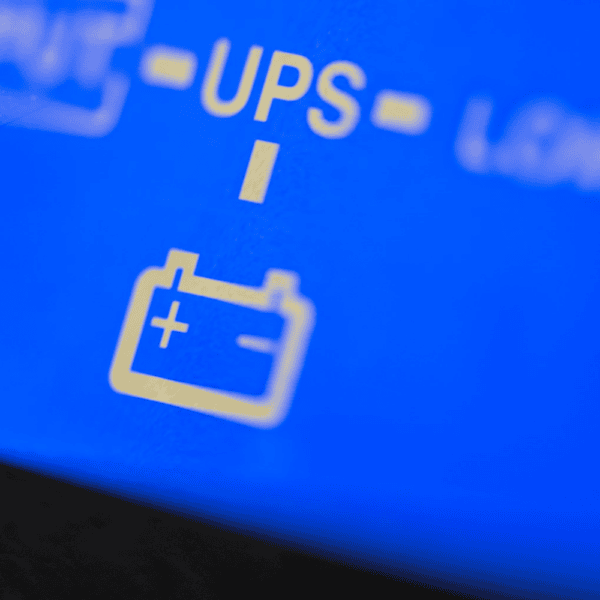Electronic equipment used for data processing, communications and industrial control must be protected from electrical disturbances as well as complete power failures. Good-quality uninterruptible power supplies can provide both forms of protection very well, but only if they can reliably communicate information about their own status, and that of the mains supply to their supported loads and local or remote operational managers.
In this article, Tan Yu Ming, General Manager at KOHLER Uninterruptible Power, looks at how information essential to UPS monitoring, control and diagnostics can be transmitted across a large site, or many distributed sites, using a Simple Network Management Protocol (SNMP).
Enterprises today rely on electronic equipment for their industrial processes, data processing and communications facilities. This sensitive equipment must be protected not only from sudden power outages but also from disturbances that regularly affect mains power supplies and their attached equipment during normal operation – spikes, surges, brownouts and voltage and frequency variations.
A correctly-specified uninterruptible power supply (UPS) from a reputable supplier can provide all the protection required – but how can managers and engineers monitor and control the UPSs, ensuring they remain fit to protect their client load? Especially, how can this function be effectively applied to a number of UPSs distributed around an operational site, or even across several enterprise sites – some maybe unmanned – many hundreds of miles apart?
In fact, to ensure the UPS’s success in its role, it must communicate effectively, both with its critical load and a central manager. For example, if the mains fails, the UPS must be able to warn its critical load, allowing an orderly shutdown before the battery autonomy is compromised. Otherwise the autonomy may simply delay a catastrophic crash rather than prevent it. Meanwhile, information transmitted to a central manager about the health of the UPS and its components will reveal impending problems, allowing preventative maintenance before they lead to a system failure.
Fortunately the management of unmanned and remote sites across large networks is a widely-recognised issue, for which well-tried solutions exist. Simple Network Management Protocol (SNMP), in particular, was created to address the requirements of wide area network management. Interfacing with major network management systems such as HP OpenView or IBM Tivoli NetView, SNMP is a standard protocol and part of the Transmission Control Protocol/Internet Protocol (TCP/IP) suite which allows all network devices to transmit management variables across enterprise-wide networks. A network manager can monitor all remote sites from one location. For UPS systems, this means that the manager can monitor, control and if necessary shut down any SNMP-connected UPS unit.
SNMP and UPSs
Accordingly, modern UPSs should be equipped with SNMP capability. Typically, this comprises a network adaptor that connects the UPS system directly to the computer network, so that the UPS becomes an intelligent network peripheral device. SNMP is vendor- and platform- independent and establishes guidelines on the information to be collected, how it will be structured and how messages between the network peripheral and manager are formulated. The network peripherals then gather information into a Management Information Database (MIB). Operating system software employs SNMP management tools to collect and display this MIB data in a user-friendly format.
Physically, SNMP adaptors are either separate enclosures or slot-in cards; these are usually fitted between the UPS serial communications port and the network. Levels of monitoring, control and shutdown facilities vary between manufacturers, so it is important to understand exactly which functions are required before specifying the adaptor. The software used with the adaptor must also be chosen carefully for compatibility with the network operating system. Most major UPS manufacturers support Windows, Apple, Linux and UNIX.
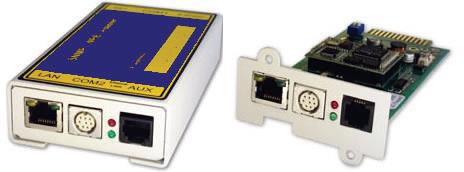
As a minimum requirement, the selected SNMP software should include:
- Remote control and rebooting of UPS-protected devices over the network/internet
- Protection of information being held and processed by critical loads through automatic and graceful shutdown of multiple UPS-protected devices during an extended power failure
- Real time email, mobile phone or SMS alarm notification capability
- SSL and SSH data encryption and authentication
- Web pages served automatically in the selected local language
- Activity and alarm logging
Monitoring and control possibilities
Setting up the UPSs and their critical loads as SNMP devices on the enterprise network is an effective way of providing immediate equipment protection. Equally, it will yield longer-term cost-savings and improved availability through better preventative maintenance. Below, we take a closer look at the benefits available and how they are provided.
We have already mentioned the prime importance of warning the critical load to shut down if the UPS battery autonomy is being threatened by a prolonged mains power failure. However, more sophisticated shut down strategies may be desirable and can be implemented. An intelligent UPS may have a provision for individually switching its client devices on or off. A systems manager could isolate sections of the load for security purposes, shut devices down to achieve electrical savings and manage redundant portions of the system.
Because intelligent UPS systems can condition power as well as provide battery backups, system disruptions due to power outages or disturbances can be dramatically reduced. The system’s microprocessor can log such events, keep track of battery usage, alert system managers to low battery problems and track the history of power levels. Through SNMP, this information is available to central managers for immediate analysis and to detect potential problems before they cause failures.
SNMP allows managers not only to control the UPSs, but also to manage their load more efficiently. By linking several dozen UPS systems, possibly from many different manufacturers, and feeding status data to the central network console, power protection and network control can become far more efficient.
To truly reap the benefits of this system-level perspective, the set of controlled UPSs should be managed as a whole rather than simply addressing the status of each individual UPS unit. For example in a parallel redundant UPS configuration, system shutdown should not be initiated following a redundant UPS module failure. The UPS manufacturer should provide a custom hardware/software solution that allows the correct communication and management for such a parallel system.
Some UPS manufacturers offer integrated solutions for complete coverage and protection. For example, KOHLER Uninterruptible Power provides a comprehensive 24-hour remote monitoring service.
Conclusions
In this article we have seen that UPSs must communicate their status to avoid both immediate catastrophic power failures and longer-term issues. The challenge of establishing this communication across a large site, or several sites, can be met by using the widely-accepted SNMP protocol; different devices and operating systems can share information for display, analysis and action.
Varying strategies from simple alarm-based shutdown and condition monitoring to balanced management of multiple UPS can be set up as required. Selective load shutdown strategies can also be implemented.
For the most comprehensive protection, KUP. offers 24-hour remote monitoring services, comprising consultant specialists and field service engineers working with networked-based UPS communications for fault alerts, effective diagnostics, preventative maintenance and rapid repairs.
